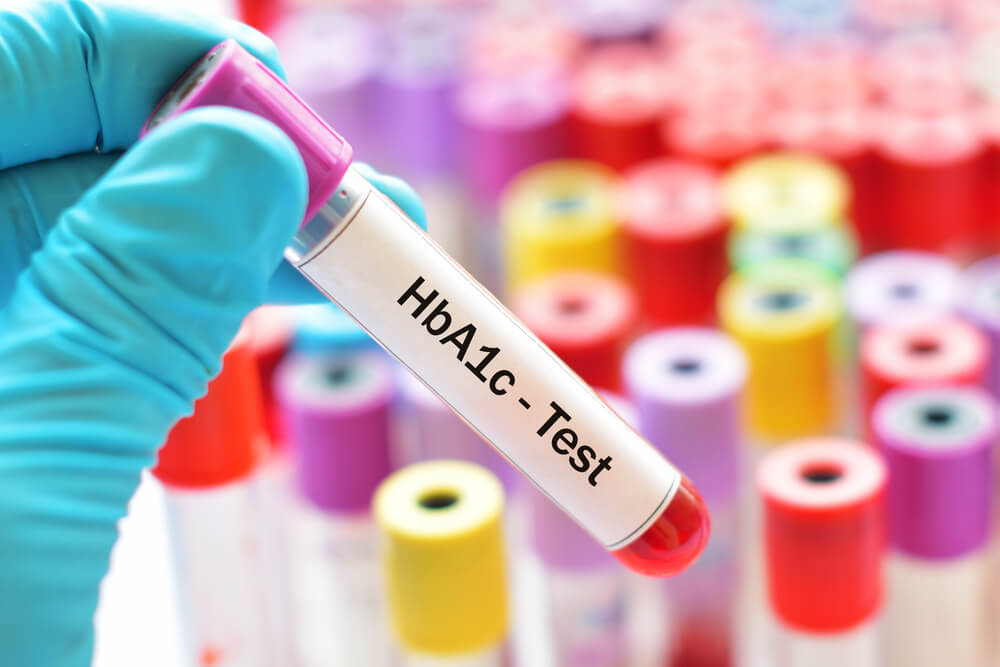What is the A1C?
A1C is a test for diabetics that measures the amount of hemoglobin in the blood that has glucose connected to it. The A1C shows how much glucose (sugar) is attached to the hemoglobin and if you have too much sugar in your blood you’ll have a high A1C. This test is able to measure the sugar in your blood over the previous months from the test date because hemoglobin cells are constantly regenerating. These tests are also important for screening for prediabetes and diabetes; it doesn’t require fasting and can be given at any time. Here we’re going to discuss not only a prediabetes A1C diet but how to lower A1C.
How Does The A1C Blood Test Function?
As stated above, your hemoglobin is constantly regenerating, but over a lifespan of three months. What this means for the A1C test is that if you blood sugar levels are fluctuating your hemoglobin records all the activity over its lifespan. The results of this test can show anywhere from normal, to prediabetes to diabetes. Those who have diabetes, or prediabetes, should have their A1C tested at least twice a year.
How to Lower A1C Naturally
Finding out your A1C levels is a great way to find out about your overall health and begin on the task of how to lower A1C. Diabetes can be difficult to manage and managing it can be like managing a job or a family. If you have prediabetes, following a prediabetes A1C diet can be beneficial in keeping levels low and managing overall health. Here are a few healthy tips and lifestyle changes you can do when it comes to how to lower A1C.
- Get More Exercise: Doing around 30 minutes of exercise up to 5 days a week can get your blood flowing and burn off the extra energy stored in your body. This doesn’t mean you have to get to the gym and follow and intense routine 5 days a week, but going for a walk or just getting moving will greatly help your body.
- Prediabetes A1C Diet: Following a balanced diet that includes the right portion sizes. Following a well-balanced diet means that you’re not eating loads of carbohydrates or saturated fats. Try using a smaller plate to help with serving sizes, eat non-starchy vegetables and lean proteins. Not to mention avoiding processed foods and sugary sodas can greatly help your diet.
- Follow & Stick to a Schedule: Do not skip meals. When you allow too much time between meals your blood sugar levels can fluctuate causing extreme highs and lows. Speaking to your doctor, or a dietitian about following an eating schedule can be a great way how to lower A1C levels because you are able to better regulate your blood sugar.
- Follow Your Doctor’s Orders: When it comes to how to lower A1C naturally, following your doctor’s treatment plan is important. Each and every person has an individualized diabetes treatment plan and your doctor works with you to individually manage your diabetes.
- Check Blood Sugar Levels: Along with following your doctor’s orders, checking your blood sugar regularly can help manage not only A1C levels but your overall health.
Having regular blood tests, especially when the doctor orders them can help get an accurate picture of how well your treatment plan is managing your diabetes. The A1C levels can also represent how your diet is going as well as your exercise and can help your doctor have an idea of how to maintain or change your treatment plan.
Before making any major changes in your lifestyle, it’s best to first speak to your doctor about your plans to make sure that what you choose is best for you.

